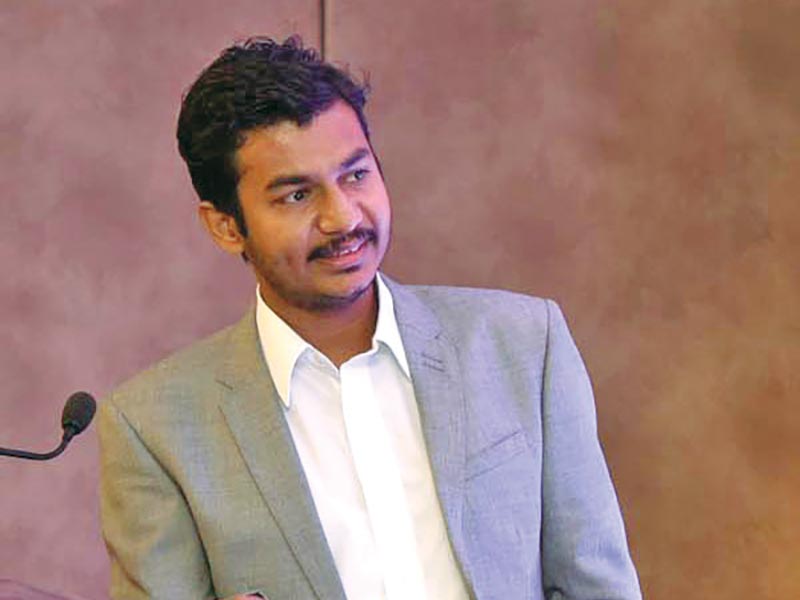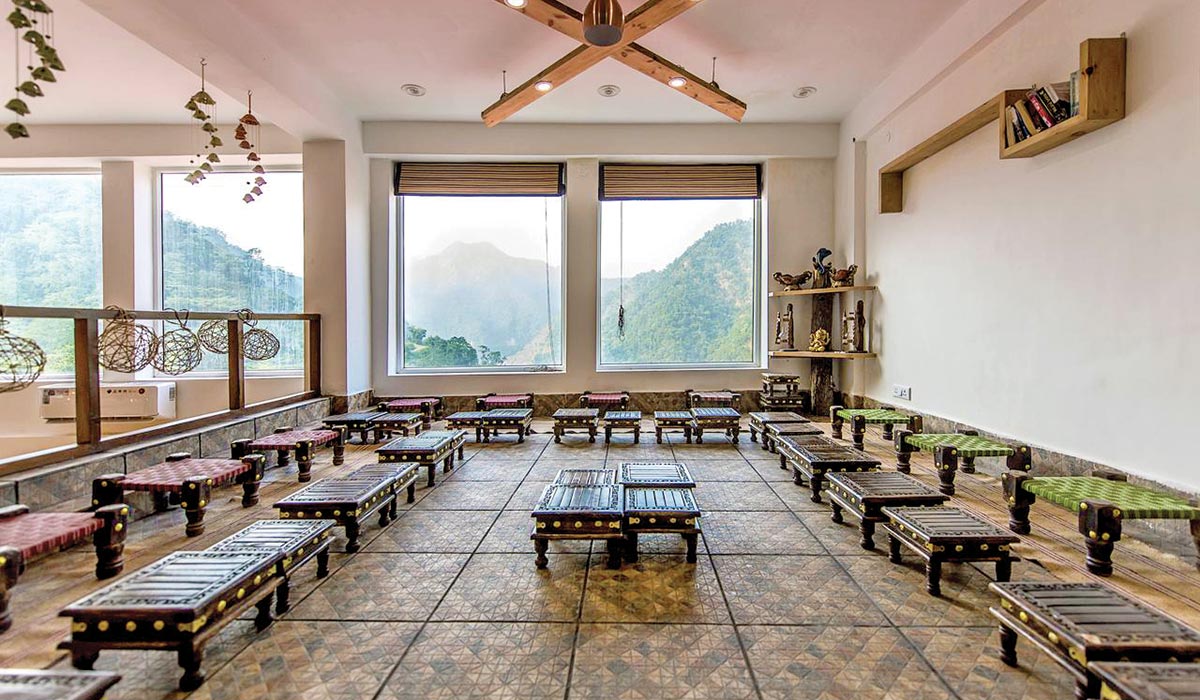
Indian Architecture has always induced curiosity and interest because of the magnanimity and the artistic creations. If we look into the series of structures in Indian history of architecture, one could actually pick and pin the buildings as a representation of the era it saw. Our country is significantly diverse in terms of culture, social living conditions, geography and resources, giving rise to a varied mix of baroques, monuments and modernistic buildings.
As the times are changing, in every smaller town, people are ready to embrace alternative styles to such an extent that the entire character of the region is turning heterogeneous, losing the indigenous style associated with that context. There is a strong need to understand the language of traditional styles associated with the place as they are sustainable, not just in terms of materials, but also livability of structure.
The occupations of people are moving from local services to global and affecting lifestyles. And the term ‘aping the West’ is being applied not just in the construction industry, but in every other field of design. Hence, it is necessary to imbibe the essence of vernacular modules of particular region into the design, fitting in comforts and conveniences of present times, to follow the familiarity of the place in current urban fabrics.
We need to understand that architecture software are not design-making machines but just tools to facilitate our productivity to the next level.
Architecture is in the middle of its biggest transformation since the introduction of computers. Using building information modelling (BIM), where a single digital model of a building that everyone - architect, client, suppliers, builders, environmental managers - can work on. A Google Docs for buildings. And because the program understands the building, it’s easier to make alterations and automatically update the models while enhancing accuracy for the execution.
 Veda5 Ayurveda & Yoga Retreat, Rishikesh
Veda5 Ayurveda & Yoga Retreat, RishikeshHowever, from the past few years, the way we design and construct a building has become remarkably different. The implications of these programs could unalterably change the built environments. The space quality of a building executed by an architect with his own hand-made drafts and the architect who uses software like Rhino to process his design concepts, results in certainly varied outputs. We need to examine again whether ‘do we control machines or are we controlled by them?’ No doubt, human evolution has been greatly enhanced by tools since the Stone Age. Yet, all of us need to consciously understand that such software are not design-making machines but just tools to facilitate our productivity to the next level.
Traditional materials that support least carbon footprint and handle air, light, rain and humidity more effectively, are making a noticeable comeback.
Building with several kinds of composite materials eventually adds up to the carbon footprint of the building. And we know that manufacturing residues of such materials have hazardous effects on the ecosystem. Some materials like glass and steel made to be economical and sustainable are helpful in mass construction of buildings. But not all the manufactured economical building material options have the support to be made sustainable.
In the present scenario, where human beings have degraded the ecosystem by mass production, it would be sensible to use traditional materials like brick, stone, bamboo, timber, etc, which support least carbon footprint and handle air, light, rain and humidity more effectively.
It is evident that there is enough awareness amongst architects as we can see a significant comeback in the usage of these materials. Moreover, architects have to necessitate the usage by developing innovative solutions with such materials. Educating the user group and the investors about the ecological demands and sustainable materials is a decent way to step in into the solutions when environmental preservation and human well-being is the need of the hour.















